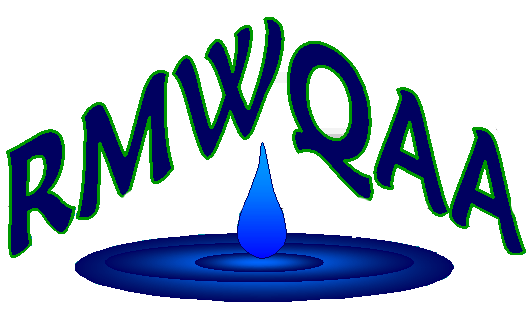On December 15, 2016 Gina McCarthy (then United States Environmental Protection Agency Administrator) signed the final rule which included an update to 40 CFR 136 Appendix B, the determination of the method detection limit (MDL). While the rule has been signed, it is awaiting publication to the Federal Register and is therefore not officially been released for use. The current MDL procedure has been in place in 40 CFR 136 Appendix B since 1984 with little-to-no changes since.
Why does the MDL method need to change? The biggest concerns around the current MDL measurement procedure is that it does not address contamination in blank samples, inadvertently driving MDLs lower than they realistically should be. Additionally, the current method does not address variability within a lab, again driving the MDLs down.
By definition, the MDL is “the minimum measured concentration of a substance that can be reported with 99% confidence that the measured concentration is distinguishable from method blank results.” In the current method for determining MDLs, seven spiked samples are analyzed and the MDL is calculated by multiplying the appropriate student’s T value by the standard deviation of these spiked samples. No guidelines are provided on the frequency of MDL calculation or timeframe within which these data should be collected for calculation; therefore, variability in analytical measurements by different analysts and variability over time are not taken into account. This procedure may result in MDLs that are higher or lower than they would be if variability were taken into account.
The update attempts to control some of this variability by determining MDLs from a minimum of seven spiked samples which were measured in at least three batches on three separate calendar dates. The MDL of the spiked samples is calculated using the same equation as the current method. To ensure the MDL is distinguishable from the method blanks, the new method requires a blank MDL be calculated by multiplying the appropriate student’s T value by the standard deviation of the blank samples, then adding the mean of the method blank results. The higher of the spiked MDL and blank MDL becomes the new MDL for the method. The MDL is verified annually by analyzing at least two samples quarterly.
Overall, these changes are a significant improvement over the current procedure; however, there are still some concerns with the new procedure. As analytical methods improve and impacts to aquatic life become more and more quantifiable, the water quality criteria continue to decrease along with the associated permit limits required to protect aquatic life. The new MDL calculation procedure is a significant improvement over the previous procedure, but by better accounting for low-level contamination through the use of blank MDLs, the MDL is likely to be driven up.
Higher MDLs can lead to a permitting conundrum. The reporting limit (RL) and associated permit limit must increase with the MDL which would leave it unclear whether aquatic life are being protected. Otherwise, the RL and permit limit would be adjusted down to align with the standard. By decreasing the difference between the MDL and RL, the confidence that the data are truly detected also decreases. Neither regulatory scenario is ideal as it becomes unclear whether aquatic life is truly protected, or whether the quantifiable data are truly quantifiable.
The work required to reduce potential contamination that may lead to higher MDLs may be too much for smaller labs to handle, resulting in the need to outsource samples to other labs with better capacity to reduce low-level contamination. By not conducting tests in-house, dischargers could be faced with increased costs.
The option to maintain the previous MDL as long as it is within 3 times the previous MDL reduces the legitimacy of the new method as it allows for MDLs to increase or decrease based on a decision rather than the data.
Is your lab ready for the new MDL procedure??
Melissa Mimna is the Water Quality Analyst in the City of Boulder's Water Quality and Environmental Services Group. Natalie Love is the Laboratory Director for GEI Consultants, Inc's Laboratory. GEI conducts Whole Effluent Toxicity (WET) testing, benthic macroinvertebrate identifications, and low level nutrient analysis for Regulation 85 and other local monitoring. This excerpt was taken from a poster presented at the Society for Environmental Chemistry and Toxicology national conference in 2015.
 Welcome to the
RMWQAA Website!
Welcome to the
RMWQAA Website!  Welcome to the
RMWQAA Website!
Welcome to the
RMWQAA Website!